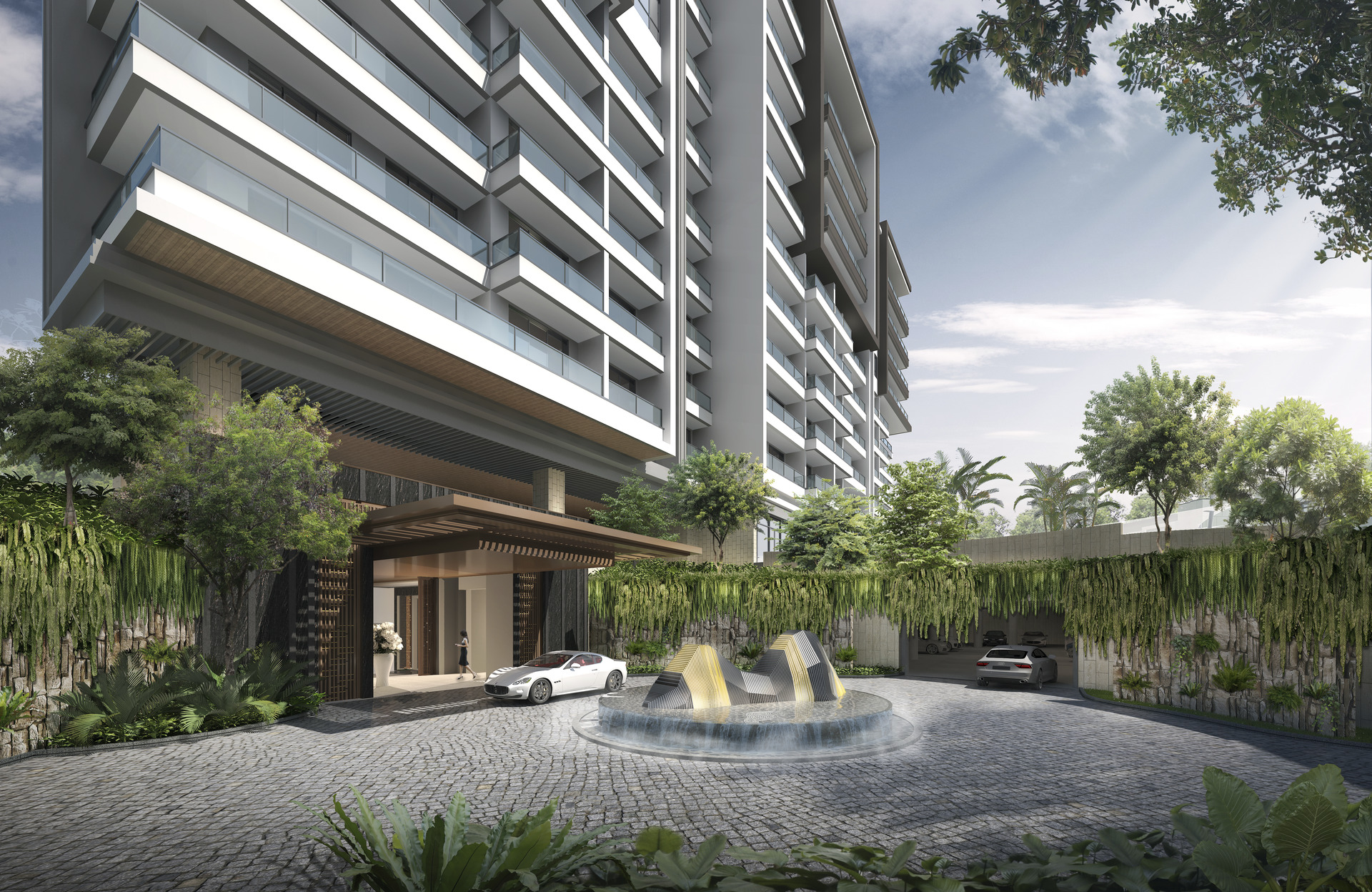Branded residences are booming. Here’s what developers need to know.
By Rob Sykes
August 18, 2021
Branded residences – private properties affiliated with the biggest names in hotels – have become a mainstream part of the hospitality development world in recent years. Bringing benefits to developers, hotel brands and property investors alike, the model has proliferated across the globe and morphed in multiple directions.
As the branded residences sector matures and gains momentum, so too does the importance of understanding all the factors at play.
There is much discussion surrounding the concept, focusing largely on supply dynamics and price premiums – alongside a growing compendium of successful case studies. As the sector matures and gains momentum, so too does the importance of understanding all the factors at play – ensuring that developments are not only successful and commercially viable, but possess long-term relevance and satisfaction, too.
Leveraging 76 years of experience, and the team’s extensive global knowledge in branded residences, WATG will soon be launching a design handbook to help clients navigate development in the sector. The handbook will guide readers through the design stages from the initial analysis of market dynamics, to a myriad of master planning, architectural and interior design considerations that should inform developers’ decision-making process.
Many of these considerations stem from four fundamental areas:
1. The Permitting
What does the development permit and regulatory environment allow? What can be delivered in terms of maximum buildability, use-class, height restrictions, setbacks and density?
2. The Market
What is the supply/demand backdrop in the local market? What does this mean for the optimum development mix and residential typologies?
3. The Site
How should the development respond to the site? What are the specific opportunities and constraints that shape the development potential? Views, aspects, topography, eye-sores, neighbouring developments and more should come into consideration.
4. The Brand
What hotel brand will be chosen? What are the requirements of the brand? Is there a specific design style?
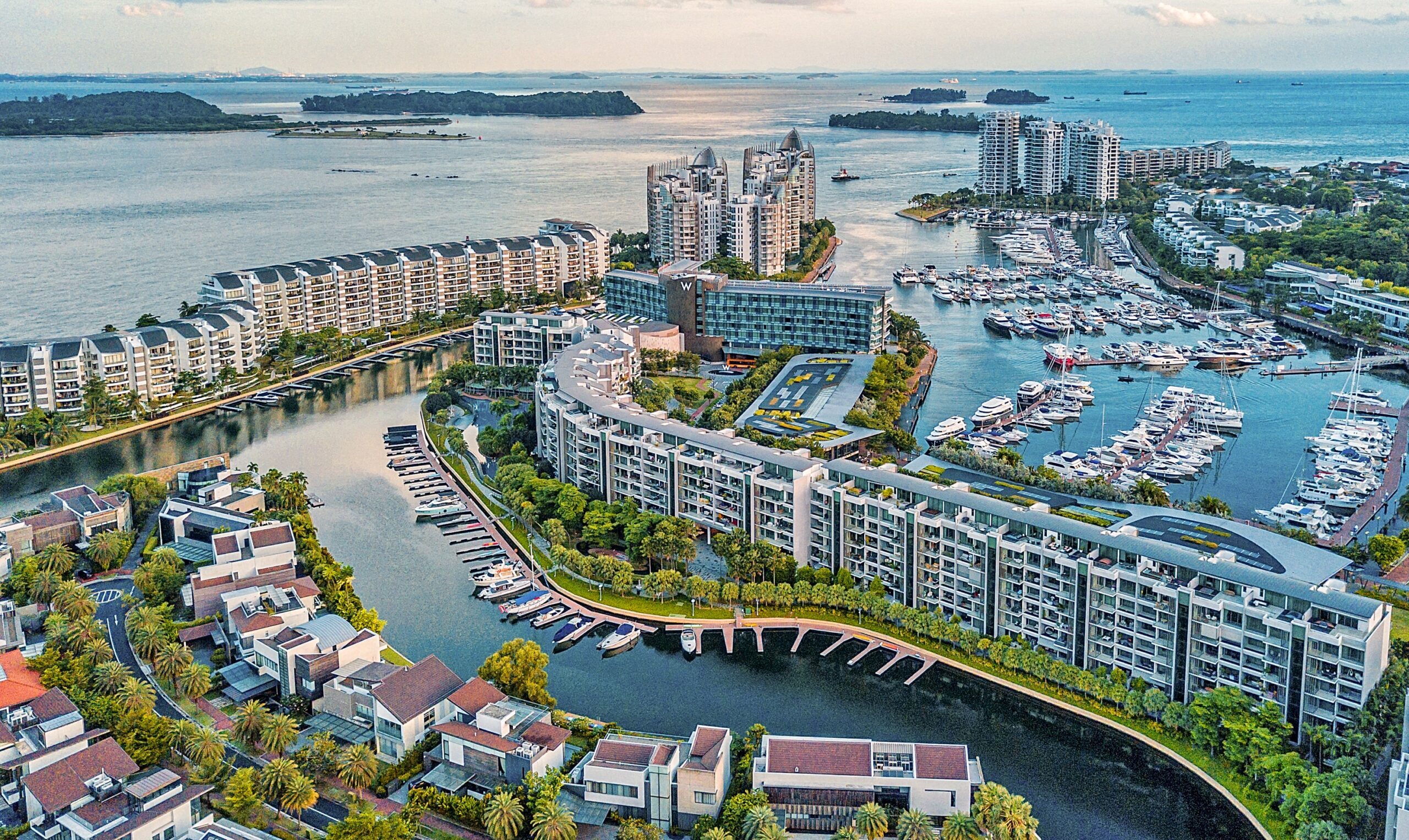
An aerial view of Sentosa Cove, where WATG’s Residences at W Singapore Sentosa Cove is located
Over the years, WATG Strategy team has been assisting developers of branded residences globally with pre-development advice. The synergy between a deep understanding of market dynamics, development economics and design considerations has continued to prove itself as an essential tool to help clients optimise their project and achieve commercial success.
We know that hotel brands are proven to add value to residential developments, but this means more than simply flying the flag above the front door.
We know that hotel brands are proven to add value to residential developments, but this means more than simply flying the flag above the front door: the product itself must stand apart in terms of its design style, back-of-house functionality, construction quality and lifestyle attributes. Working with developers, we ask questions – beyond price premiums that attract headlines – and seek to ‘debunk’ the complexities of the branded residence model.
In any development, strategy, design and planning elements must be considered from the start. These processes do not stand in isolation, but feed into, and influence, each other. In an increasingly competitive market, it is no longer enough to simply offer an enhanced residential project. Developers must take branded residence seriously, and as a unique typology in its own right.
Find out more about WATG Strategy, or contact Rob Sykes directly.
This article is an adaptation of a piece published in Graham Associates’ latest report, ‘Branded Residences: An Overview’ (Fourth Edition).
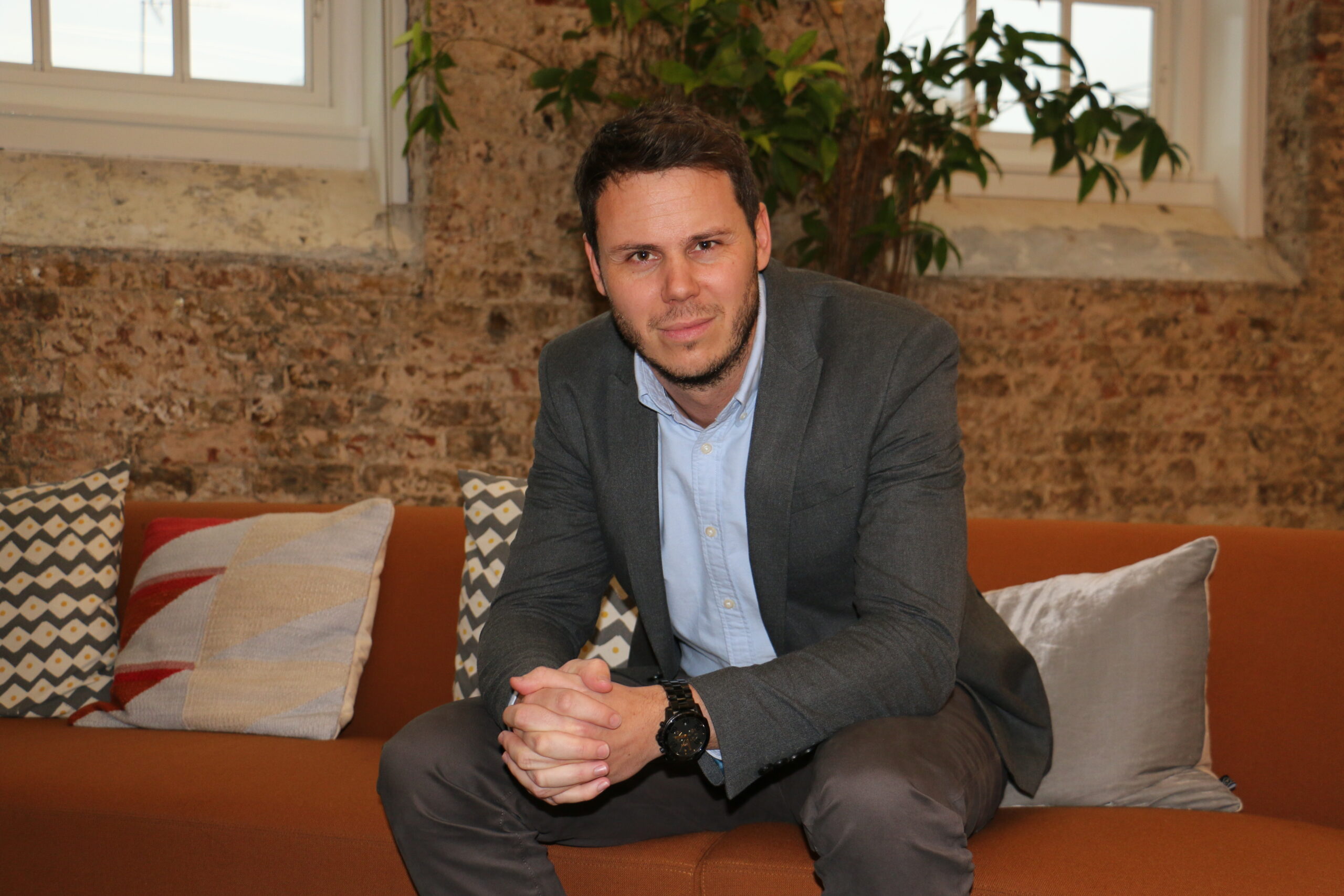
About the author
Rob Sykes is a seasoned real estate economist with extensive advisory experience. He has delivered a broad range of projects including hotels and resorts, branded and unbranded residential real estate, golf clubs, spas, and visitor attractions. Based in London but having worked throughout Europe, the Middle East, Africa, South America and the Caribbean, Rob’s knowledge of global markets and comprehensive market research capability enables him to equip developers, investors, operators and other stakeholders with the tools needed for effective project planning.
Latest Insights
Perspectives, trends, news.
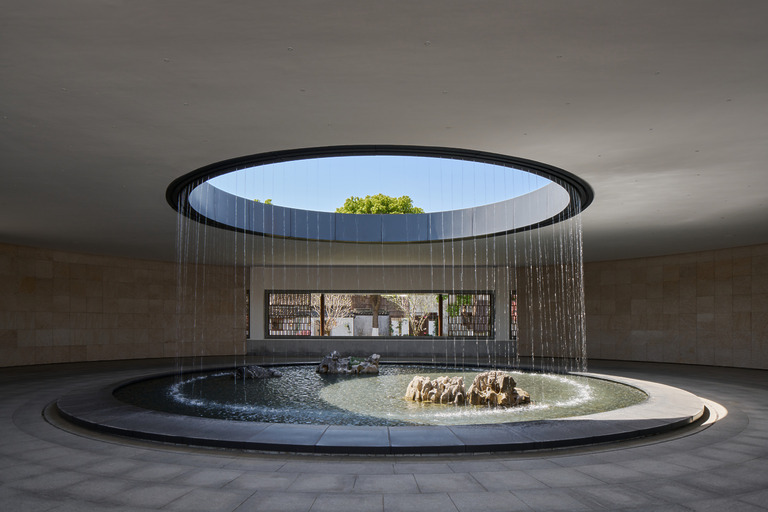
- Strategy & Research |
- Design Thinking & Innovation
Designing the Arrival Experience
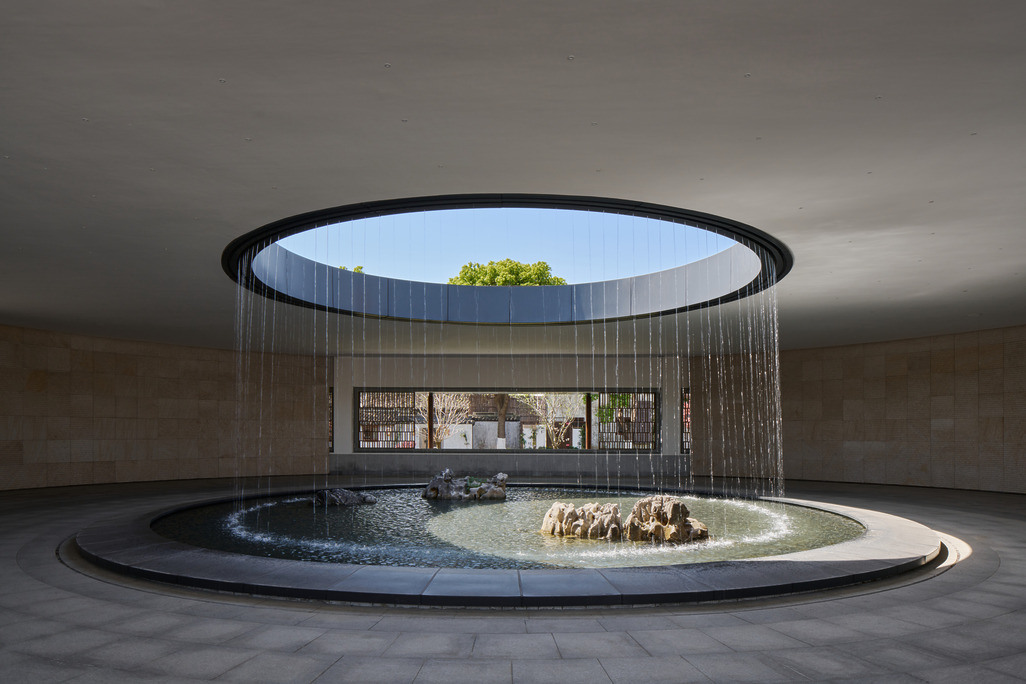
- Strategy & Research |
- Design Thinking & Innovation
Designing the Arrival Experience
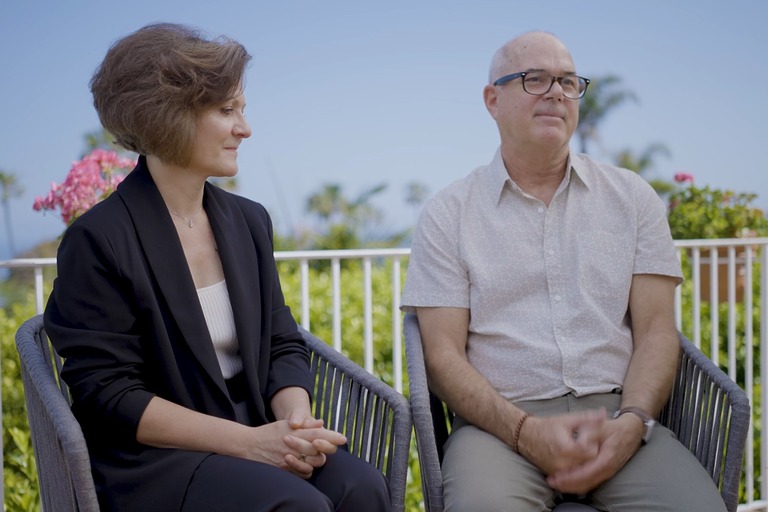
- Employee Feature |
- Inside WATG
Mentorship, Community, and Creativity: WATG’s Blueprint for the Next 80 Years
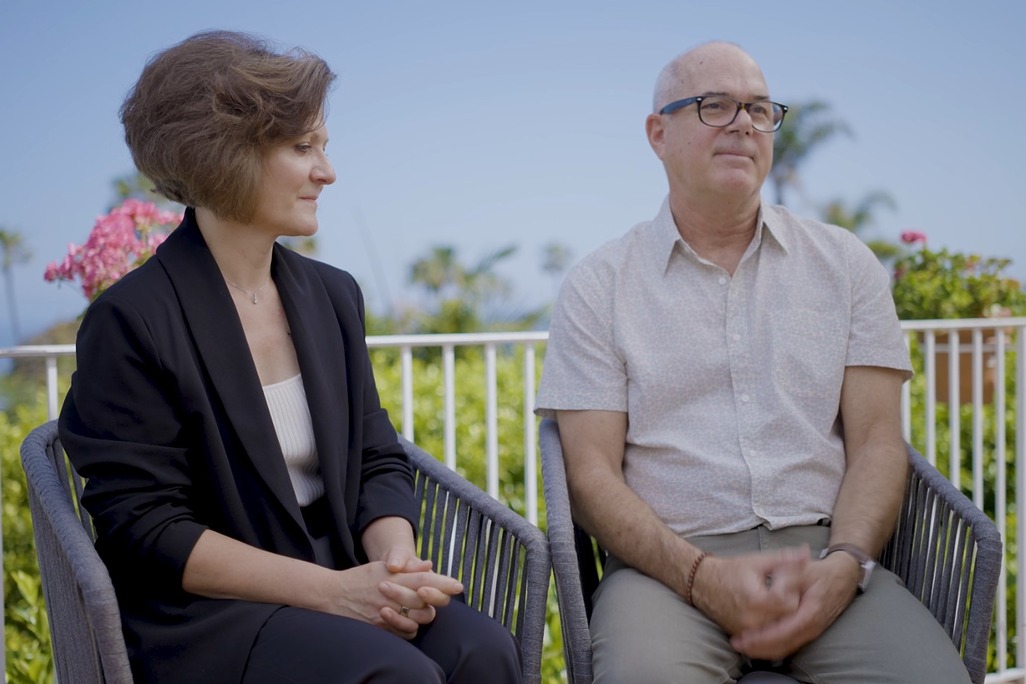
- Employee Feature |
- Inside WATG
Mentorship, Community, and Creativity: WATG’s Blueprint for the Next 80 Years
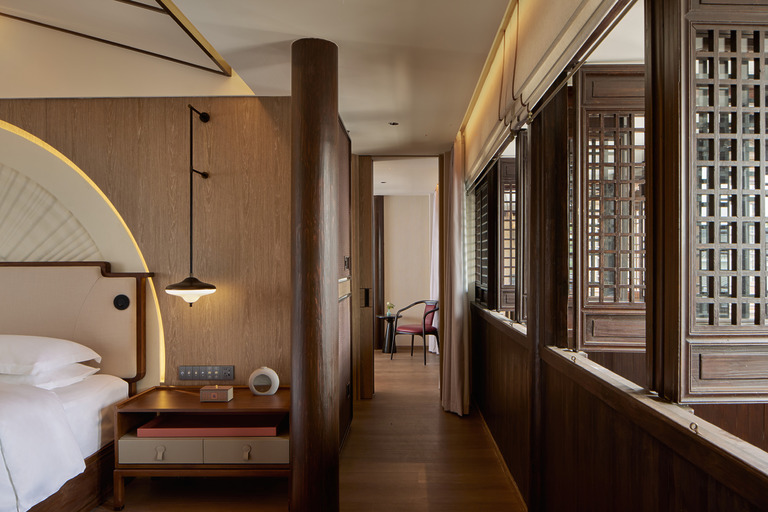
- Strategy & Research |
- Design Thinking & Innovation
Hotel Wuxi MGallery Collection: Part of a Story
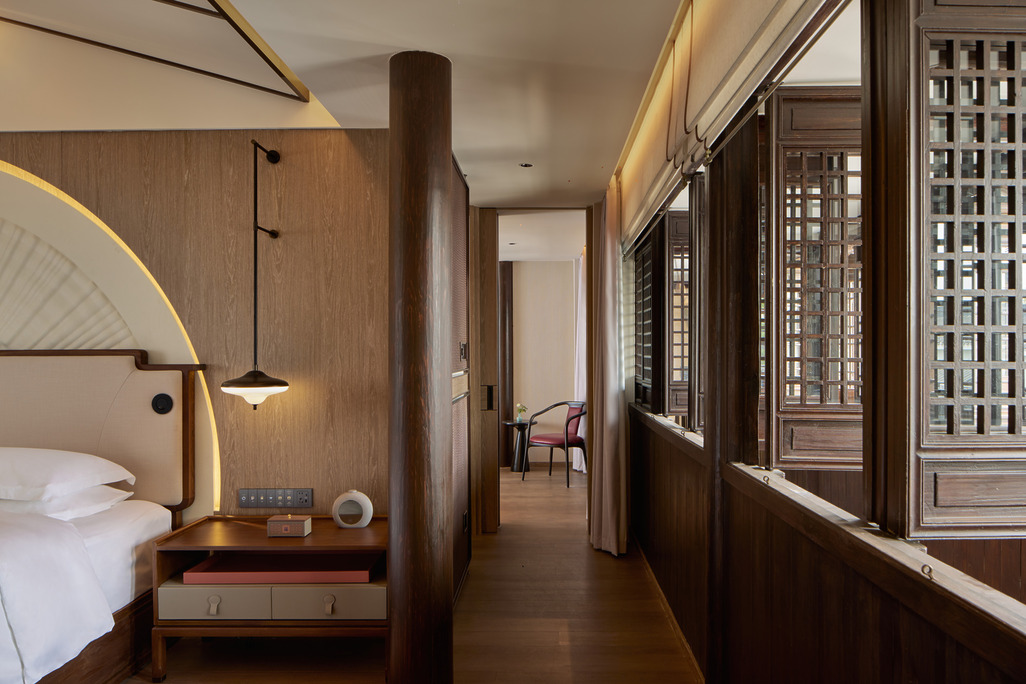
- Strategy & Research |
- Design Thinking & Innovation
Hotel Wuxi MGallery Collection: Part of a Story

- News
Behind The Scenes: ‘We Create Moments’

- News
